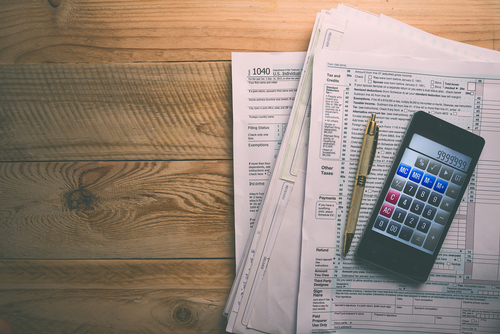Bipartisan legislation recently introduced in the U.S. Senate would help improve the processing of Internal Revenue Service (IRS).

The Barcode Automation for Revenue Collection to Organize Disbursement and Enhance (BARCODE) Efficiency Act would implement technology such as 2-D barcodes to allow the IRS to minimize processing errors, reduce delays in the distribution of refunds to taxpayers, and
conserve resources.
Annually, millions of taxpayers file their tax returns on paper. The IRS uses a manual transcription process to process paper returns. The act would require returns that are prepared electronically and filed on paper to include a scannable 2-D barcode that the IRS can use to convert the return into a digital format. Optical character recognition and similar technologies will further assist with the processing of paper returns.
State tax agencies have used 2-D barcode technology for more than 20 years to accelerate the processing of tax returns. The National Taxpayer Advocate and the Government Accountability Office repeated has recommended the IRS improve the processing of paper returns.
U.S. Sens. Todd Young (R-IN) and Raphael Warnock (D-GA) introduced the bill.
“Millions of Americans are forced to wait months – and sometimes years – for the IRS to process their tax returns,” Young said. “Our bill will better serve taxpayers by improving the processing of paper returns, reducing errors, and requiring the IRS to operate more efficiently.”